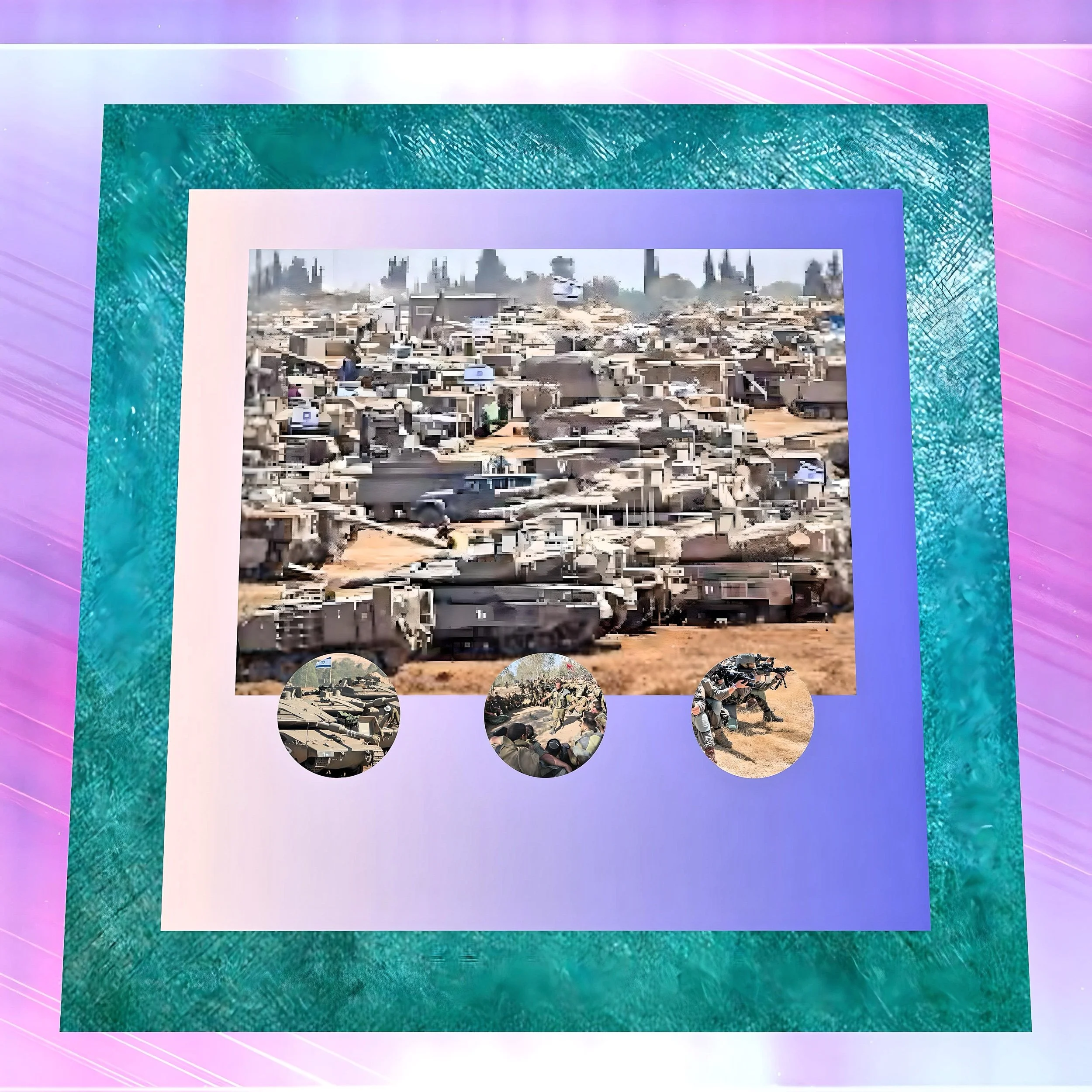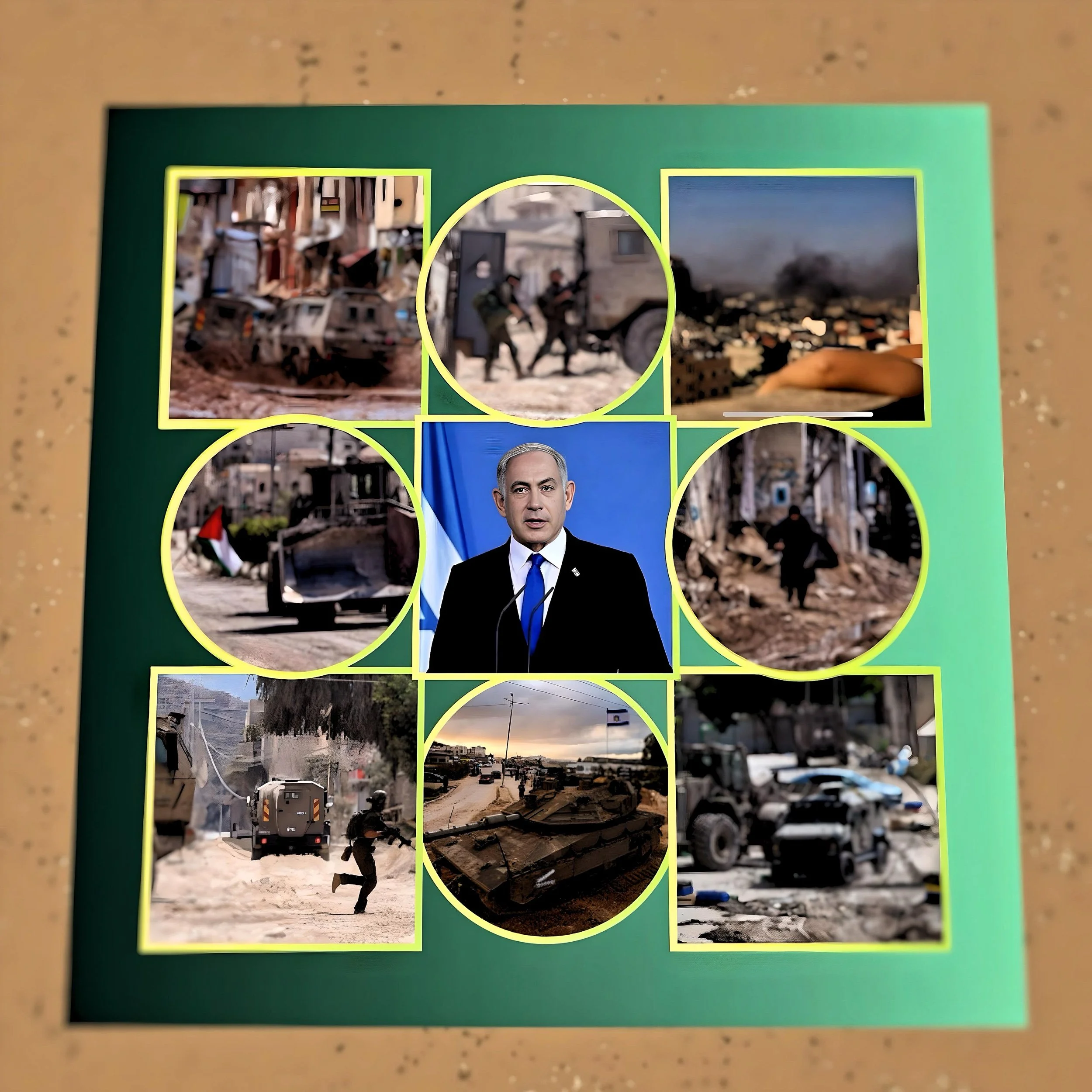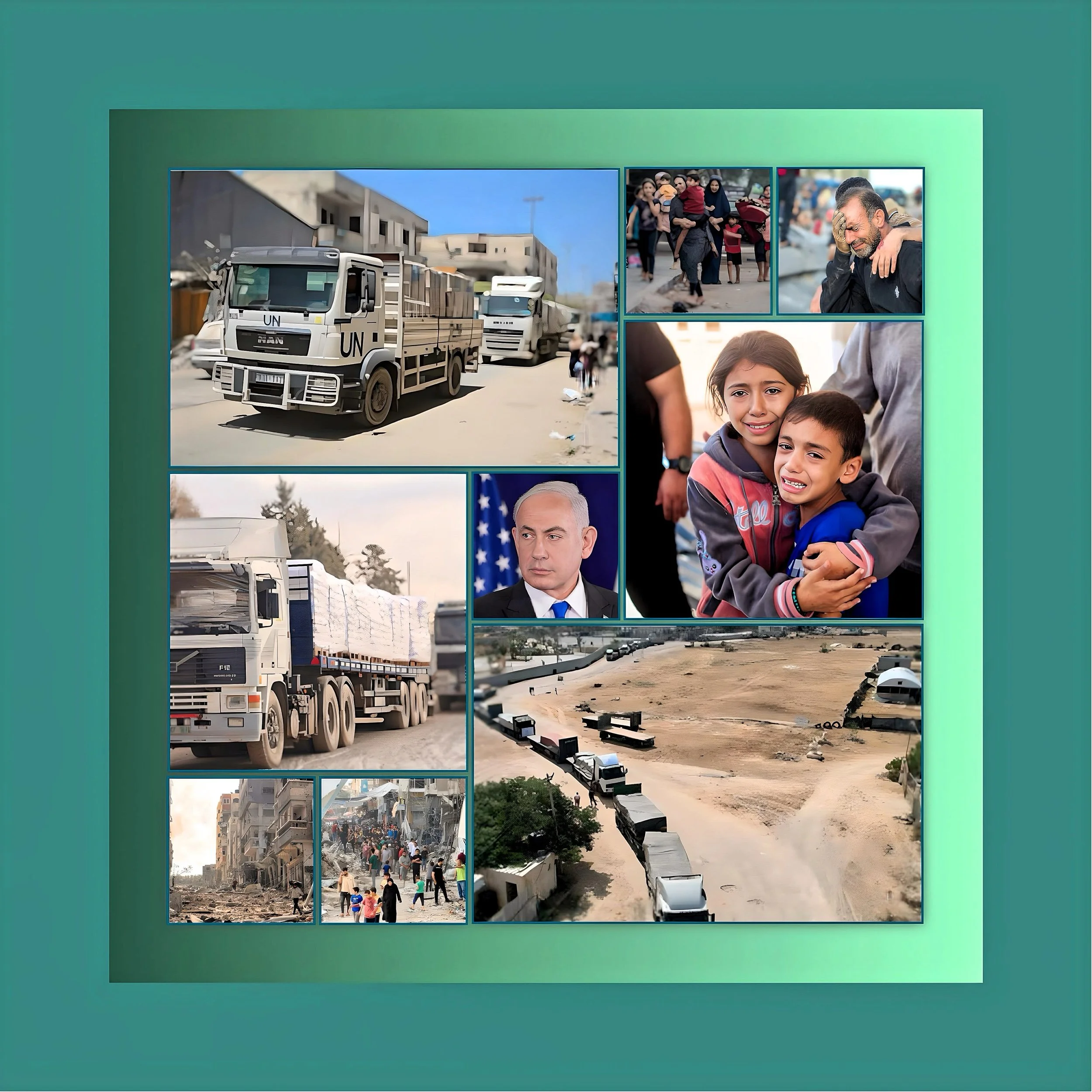Israel’s Strategic Military Preparations Across Multiple Fronts: A Comprehensive Analysis
Introduction
Israel’s military posture in early 2025 reflects a complex, multi-front strategy shaped by evolving regional threats, shifting geopolitical dynamics, and lessons learned from recent conflicts.
As tensions persist in Lebanon, escalate in the occupied West Bank, and simmer in Gaza, the Israel Defense Forces (IDF) are navigating a precarious balance between offensive readiness and defensive consolidation.
FAF examines Israel’s preparations for potential ground operations, analyzing its northern front with Hezbollah, intensified West Bank operations, post-ceasefire challenges in Gaza, and the broader regional context involving Iranian proxies and international stakeholders.
Northern Front: Post-Ceasefire Readiness Against Hezbollah
Escalation and Ceasefire in Lebanon
The Israeli-Lebanese border witnessed significant escalation in late 2024, culminating in a ground invasion by Israeli forces into southern Lebanon in October.
The operation aimed to degrade Hezbollah’s military infrastructure, including underground tunnels, weapons depots, and rocket launch sites.
Over 1,000 Lebanese casualties were reported, including Hezbollah operatives and civilians, with approximately 1.2 million displaced.
The IDF’s strategy combined aerial bombardment—striking 2,000 targets in three days—with limited ground incursions to dismantle Hezbollah’s forward positions.
By November 2024, a fragile ceasefire took hold, requiring Hezbollah to withdraw north of the Litani River while the Lebanese Armed Forces (LAF) gradually assumed control of southern territories.
However, intermittent violations occurred, including Hezbollah attempts to recover equipment and Israeli airstrikes on suspected weapons transfers from Syria.
As of February 2025, the IDF maintains a presence on five strategic hills in southern Lebanon, citing ongoing security needs despite LAF backfilling in most areas.
Current Posture and Readiness
Defense Minister Israel Katz has emphasized the IDF’s preparedness to “return to fighting with unprecedented power” if necessary, signaling continued vigilance against Hezbollah.
Recent Israeli airstrikes targeting rocket launchers near Nabatieh on February 23, 2025—coinciding with Hezbollah leader Hassan Nasrallah’s funeral—underscore this readiness.
The funeral itself, attended by 50,000 mourners, became a flashpoint, with Israeli aircraft overflying the event as a deterrent.
Lessons from the 2024 conflict inform current preparations:
Enhanced Air-Ground Coordination
The IDF has implemented programs to improve joint operations between the Air Force and ground troops, critical for rapid response to Hezbollah’s evolving missile capabilities.
Buffer Zone Strategy
Drawing parallels to Gaza’s Netzarim Corridor, Israel seeks to establish military corridors in southern Lebanon to control movement and prevent Hezbollah’s rearmament.
Domestic Arms Production
Incoming IDF leadership prioritizes localized weapon manufacturing to reduce reliance on international suppliers, a lesson from U.S. arms delays during the Gaza conflict.
West Bank
Unprecedented Ground Operations
Operation Iron Wall and Tactical Shifts
Since January 2025, Israel has launched its largest West Bank operation in two decades, centering on Jenin, Tulkarem, and Tubas.
Characterized by armored deployments and aerial strikes, the campaign has displaced 40,000 Palestinians, destroyed infrastructure, and killed over 70 Palestinians (including 25 in Jenin).
The IDF frames this as counterterrorism, targeting Hamas and Palestinian Islamic Jihad (PIJ) cells.
Key developments include
Tank Deployments
For the first time since 2002, Merkava tanks entered Jenin refugee camp, enabling direct fire against militant strongholds.
Military Corridors
Mirroring Gaza’s Netzarim Corridor, Israel plans permanent security corridors in Tulkarem and Jenin to facilitate troop movements and sever militant supply lines.
Settlement Expansion
Concurrent with military operations, settler violence has surged, with 1,400 incidents recorded in 2024 alone. Demolitions in Qabatiya and Burqin suggest efforts to entrench territorial control.
Humanitarian and Strategic Implications
The UN warns of “catastrophic” conditions in Jenin, where hospitals are overwhelmed and 69% of structures damaged.
Critics argue the operations exceed law enforcement norms, potentially constituting war crimes.
Defense Minister Katz openly likens tactics to those used in Gaza, indicating a long-term presence aimed at preventing militant regrouping.
Gaza
Fragile Ceasefire and Reconstruction Challenges
Post-War Landscape
January 2025’s ceasefire halted major combat but left Gaza in ruins:
Destruction Scale
69% of structures damaged or destroyed, including 245,000 homes.
The UN estimates 50 million tons of rubble—12 times the Great Pyramid’s mass—requiring 15 years to clear.
Humanitarian Crisis
Over 1.8 million displaced Palestinians face shortages of water, electricity, and medical care. Israel’s blockade restricts reconstruction materials, prolonging suffering.
Relocation Debates and Geopolitical Tensions
A controversial proposal by U.S. President Donald Trump to relocate Gazans to “willing countries” and develop Gaza as a “Middle Eastern Riviera” has inflamed tensions.
While Defense Minister Katz ordered the IDF to prepare evacuation routes (land, sea, air), Spain, Ireland, and Norway rejected hosting refugees, calling the plan “hypocritical”.
Hamas retains influence, complicating Palestinian Authority (PA) governance efforts and raising fears of renewed conflict.
Regional Threats: Iranian Proxies and Nuclear Calculations
Iranian Posturing and Proxy Networks
Iran’s Islamic Revolutionary Guard Corps (IRGC) has renewed threats of a “True Promise III” missile attack on Israel, seeking to deter Israeli strikes on its nuclear facilities.
However, IRGC Aerospace Commander Amir Ali Hajji Zadeh admits vulnerabilities, citing damaged S-300 air defenses from October 2024 IDF strikes.
Hezbollah’s weakened state—losing 4,000 fighters, including senior commanders—limits Iran’s immediate options.
Yet, Tehran continues arming proxies in Iraq and Yemen, with smuggling attempts into the West Bank intercepted by Jordanian and Egyptian forces.
Nuclear Ambitions and U.S. Policy
Amid U.S. sanctions under Trump, Iran signals openness to nuclear talks while denying weaponization plans.
Supreme Leader Khamenei prioritizes air defense upgrades, aiming to deploy new systems by March 2025.
Israel views Iran’s uranium enrichment (currently at 60%) as an existential threat, with Defense Minister Katz vowing to prevent “another October 7” via preemptive strikes.
Conclusion
A Multi-Dimensional Security Paradigm
Israel’s military preparations reflect a triad of objectives
Deterrence: Maintaining offensive capabilities against Hezbollah and Iran while managing ceasefire compliance.
Territorial Control: Entrenching security corridors in Lebanon and the West Bank to disrupt militant networks.
Political Leverage: Aligning with U.S. initiatives to reshape Gaza’s demography while countering PA-Hamas rivalries.
Risks abound, from humanitarian blowback in occupied territories to miscalculations with Iran.
As the IDF reallocates resources from Gaza and Lebanon to the West Bank, the coming months will test Israel’s ability to sustain multi-front readiness amid shifting alliances and escalating regional instability.






